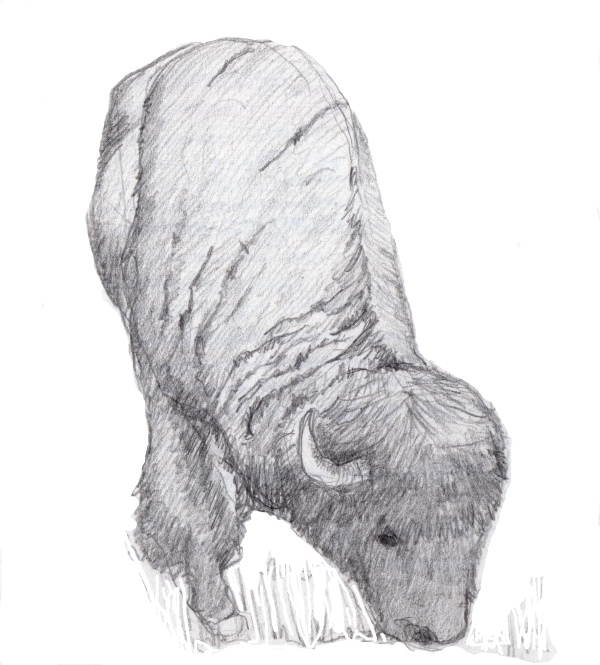This last Saturday, the second-year Ecology class (Biol 2170) ventured into the convoluted geometry of one of the few remaining cottonwood stands along the South Thompson River. Working with Tod Haughton from BC Parks, our purpose was to document cottonwood regeneration (the number of seedlings and saplings) in relation to the abundance of reed canarygrass both within the cottonwood stands and immediately adjacent to the stands. All day as we maneuvered our way through tangled shrubs and tall grasses, I couldn’t help but think, “This is why I do what I do.” University students working their way through percent cover estimates, forced to physically encounter the living, breathing, tangled embrace of a riparian system. The fact that the data they collected might help establish a baseline for cottonwood restoration made the day rich in possibilities.
At the end of the day, we meandered out of the riparian zone, long shadows falling on the contours of a landscape shaped over time by the waters of the South Thompson River. The profile of valley hills peaked above a line of shrubs in the far distance. This is my home, my life, in October and I am glad. 





